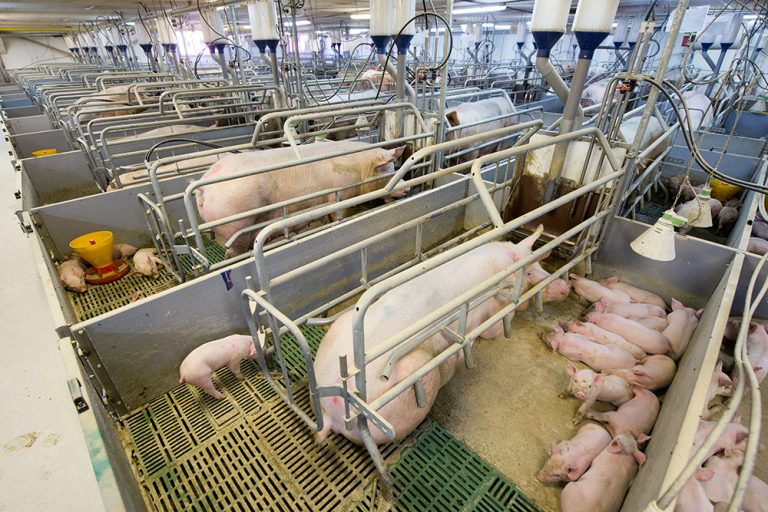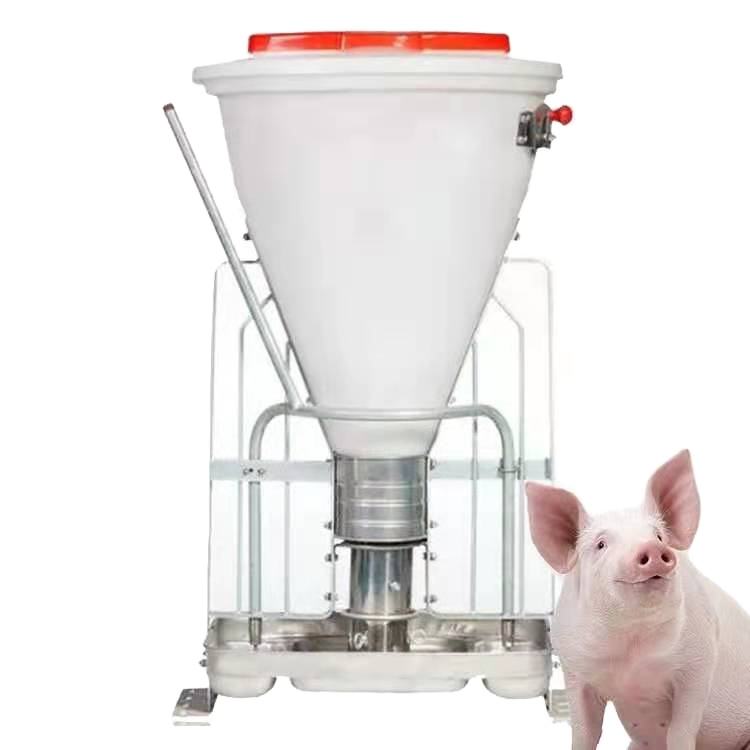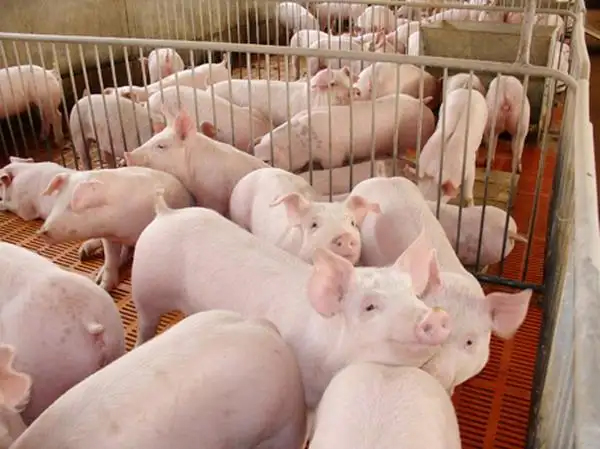In recent years, the surge in pig farming has led to an increase in medium to large-scale pig farms. However, many investors and farm designers are not directly involved in pig farming and lack an understanding of the pig farming process. They may have visited a few foreign pig farms or had brief communications with personnel from both domestic and foreign pig farms before designing their own facilities. Consequently, many pig farms may look splendid and impressive from the outside, but during practical use, they may present various inconveniences and impracticalities. Based on visits to numerous pig farms, the following are some construction-related issues noted to caution future developers.
- Damp and Dark Pigsties
There’s a saying, “Sunlight exposure saves a month’s worth of feed.” This illustrates pigs’ affinity for basking in sunlight. During initial pig farm construction, choosing well-lit and sun-drenched pens is crucial for accelerating pig growth. Another saying goes, “Pigs don’t need much, just dry pens and full feed.” This emphasizes the importance of sunlight and dryness in pig farming. Even though light and humidity are now automatically controlled, pigsties still tend to be dim and damp.
- Ignoring Water Requirements
Many farm owners tend to overlook the need for water during procurement and farm construction, ultimately limiting pig production.
- Ignoring Gestation Bed Specifications
Presently, our pig farms usually operate on a weekly production cycle. However, designers often adopt fixed design parameters without considering practical aspects. For instance, calculations are often made based on the production line that houses 1,200 basic breeding sows, producing approximately 24,000 commercial pigs annually, assuming an average of 2.2 litters per sow per year, averaging 51 litters per week. However, in reality, beds are generally paired, making the ideal quantity in multiples of 4 for double-row beds and multiples of 6 for triple-row beds.
Designs specifying “an average of 51 litters per week” inevitably result in one bed being left unused, leading to land and space wastage. Nevertheless, this suggestion might not apply to European-style pig farm designs with small insulation boxes or fully insulated farrowing rooms, obviating the need for consideration.
- Inadequate Design and Mother Pig Stress during Transition
Despite some countries moving away from restricted space for pigs, many Chinese farms still utilize such confinement, leading to insufficient exercise for mother pigs. With farms increasing in size, housing thousands or even tens of thousands of mother pigs becomes common. In such concentrated settings, the transition of mother pigs becomes challenging. Poorly designed routes for mother pigs can lead to stress, miscarriages, increased labor, and time wastage.
It’s recommended to consider this factor during design, aiming to shorten the transition distance for mother pigs, ideally not exceeding 100 meters.
- Extremely Remote Locations Increasing Costs
When choosing farm locations, environmental protection and disease prevention are primary considerations, leading many to establish pig farms in extremely remote areas. I once encountered a pig farm nestled deep within dense mountain forests. Its drawbacks included high transportation costs for all raw materials and pig transport due to the long-distance logistics.
Wastewater treatment becomes a significant problem since pig farming essentially transforms grains into pork. Waste must eventually return to fields or mountains to become grains again. With pig farms distant from major grain-producing areas, this becomes an issue.
Remote farm locations confine employee lives, leading to limited recreational activities, causing employee dissatisfaction and difficulties in retaining personnel.
Staff instability will inevitably affect pig production, especially in crucial technical processes like birthing, breeding, and vaccination. Any lapses in these areas pose severe risks. It’s advisable to carefully consider site selection, taking into account geological disasters like mudslides and secondary blockades impacting the farm.



